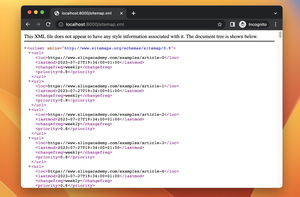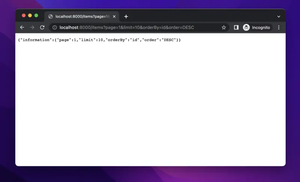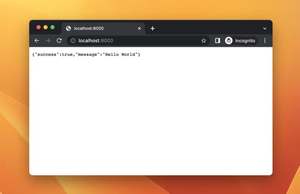FastAPI is a modern, fast web framework for building APIs with Python. One common requirement when creating web applications is to render dynamic content, which is achieved using templates. Jinja is a popular templating engine for Python that allows developers to pass variables from their backend code (such as a FastAPI application) to the front end (an HTML template).
Setting Up FastAPI with Jinja Templating
First, let’s set up a basic FastAPI application with Jinja2. Ensure you have FastAPI and Jinja2 installed in your environment:
pip install fastapi uvicorn jinja2Now, create a FastAPI application with a single route that uses a Jinja template.
from fastapi import FastAPI
from starlette.responses import HTMLResponse
from jinja2 import TemplateLet's define our FastAPI app and a basic route:
app = FastAPI()
template = Template("Hello {{ name }}!")
@app.get("/hello/{name}", response_class=HTMLResponse)
async def read_item(name: str):
rendered_template = template.render(name=name)
return rendered_templateHere, we've used a simple Jinja template embedded in our code. When accessing the route /hello/{name}, it will render HTML output by replacing {{ name }} with the provided variable.
Passing Multiple Variables
In practice, you may need to pass more than one variable to your templates. Let’s demonstrate how to do that:
from fastapi import FastAPI
from starlette.responses import HTMLResponse
from jinja2 import Template
app = FastAPI()
template = Template("<html><body><h1>Welcome, {{ user.name }}!</h1><p>You have {{ user.messages }} messages.</p></body></html>")
@app.get("/user/{username}/{num_messages}", response_class=HTMLResponse)
async def read_user(username: str, num_messages: int):
user_info = {
"name": username,
"messages": num_messages
}
rendered_template = template.render(user=user_info)
return rendered_templateIn this example, you can see how we pass a dictionary as a variable to the Jinja template, allowing access to subkeys within the template.
Using Templating Files
For real-world applications, it is best practice to separate templates from your Python code. First, organize your project's folder structure. For demonstration purposes, create a folder templates/ to store your HTML files.
An example folder structure:
/project
|-- main.py
|-- templates
|-- hello.htmlUpdate main.py:
from fastapi import FastAPI
from starlette.responses import HTMLResponse
from jinja2 import Environment, FileSystemLoader
app = FastAPI()
env = Environment(loader=FileSystemLoader("templates"))
template = env.get_template("hello.html")
@app.get("/hello/{name}", response_class=HTMLResponse)
async def read_item(name: str):
rendered_template = template.render(name=name)
return rendered_templateCreate a file named hello.html in the templates directory with the following content:
<!DOCTYPE html>
<meta charset="UTF-8">
<meta name="viewport" content="width=device-width, initial-scale=1.0">
<title>Greeting</title>
Now when you access http://localhost:8000/hello/YourName, the application will make use of the hello.html template file to render the Hello YourName! message.
Conclusion
Using Jinja2 with FastAPI enables you to create dynamic, template-driven web pages by passing variables from Python code to HTML templates. Separating template management into files helps maintain clean and manageable projects as your application grows.
Run your FastAPI app with:
uvicorn main:app --reloadThis completes your setup and example of how to pass variables from Python (FastAPI) to Jinja templates.











